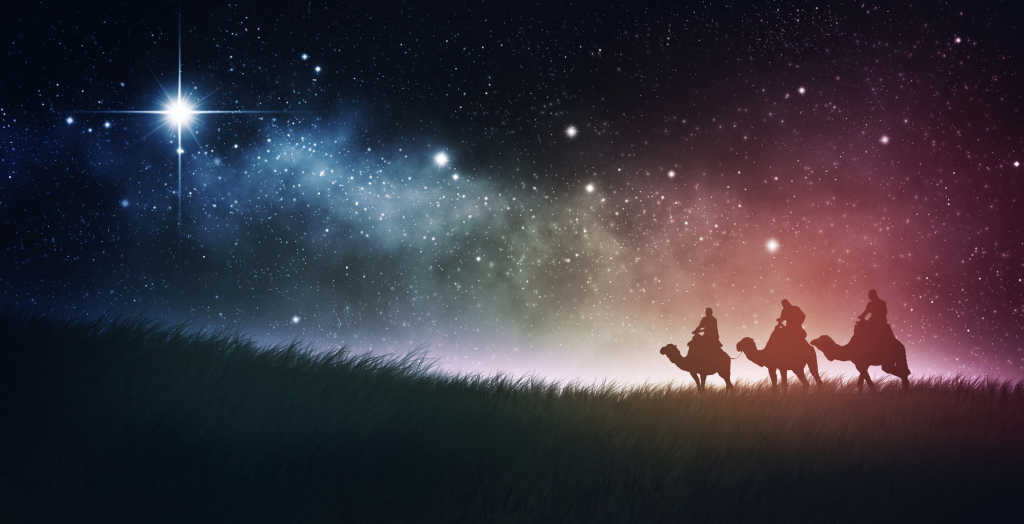I would like to know where it starts telling about Jesus in the books of Moses.
Mr. Lee, Redditch, England (student of Discover course)
Answer given by pastor Christian Salcianu,
5 October 2022, Watford
In both Judaism and Christianity the first five books of the Bible are traditionally associated with Moses, as their writer. Accordingly, we will try to answer your question anchoring it in the books of Genesis, Exodus, Leviticus, Numbers and Deuteronomy.
Jesus Himself taught His disciples about Moses’ writings and His own place in there.
Apostle Luke reports on Jesus that, “beginning with Moses and all the Prophets, He explained to them [the apostles] what was said in all the Scriptures concerning Himself (Luke 24:27). The same is repeated later, when “He said to them, ‘This is what I told you while I was still with you: Everything must be fulfilled that is written about me in the Law of Moses, the Prophets and the Psalms’.” (Luke 24:44)
To be absolutely clear, even to His enemies Jesus confirmed that Moses wrote about Him, that is, about Him as coming to fulfil prophecies, as coming to incarnate the symbols in the Hebrew writings. Reading from John 5:46, “If you believed Moses, you would believe me, for he wrote about Me.”
It is fair then to take your question and go a second mile, that is, to see the prophecies and symbolism found in the Books of Moses and then compare (confirm) them with their fulfilment as reported in the Apostolic writings.
For simplicity, we will put 10 of them in a mirror, taking them in chronological order, from Genesis to Deuteronomy:
1. Genesis 3:15
The prophecy of a coming Deliverer, who will destroy the Devil.
1. John 12:30-32; Romans 16:20
Jesus expelling Satan, and crushing him under (our) feet.
2. Genesis 12:1-3; 15:1-6
The promise of a descendant of Abraham, that will be a blessing to the entire world.
2. Galatians 3:16
Abraham’s seed is no other than Jesus Christ.
3. Genesis 28:12
Whilst running away, Jacob dreamed about a ladder from heaven to earth, with angels ascending and descending on it.
3. John 1:51
Jesus validates the story to Nathanael, confirming to him that He, as the Son of Man, is that ladder uniting heaven and earth.
4. Exodus 12:7-8
The Passover lamb was a symbol of ransoming, where the lamb’s blood was to be a sign of belonging to the people of God. (The Passover itself was a symbol of deliverance from their slavery.)
4. John 1:29, 6:51-56; Luke 22:15-20
Jesus was introduced to the world by John the Baptist as being “the Lamb of God” who takes away the sin of the world. Jesus’ body (flesh) was to be given for the life of the world. His blood marked the new covenant.

5. Exodus 17:16; Numbers 20:1-11
Whilst wandering in the wilderness, the people of Israel drank water from a rock. A miracle, and against all the odds, it happened more than once.
5. John 7:37-38; 1 Corinthians 10:4
During the Festival of Tabernacles Jesus cried out inviting all who were thirsty to come to Him and freely drink. Paul later confirmed that “the rock was Christ”.
6. Exodus 16:14-15
Whilst wandering in the wilderness, the people of Israel ate manna, a special food offered from heaven. So that man does not live by bread alone, but by every word of God.
6. John 6:30-31, 41, 48-51, 58
Preaching in a synagogue in Capernaum, Jesus confirmed that He was the bread that came down from heaven. (So many verses, confirming that Jesus’ point was clearly emphasised in comparison to the manna.)
7. Leviticus 16 (entire chapter)
The entire chapter presents the Atonement Day, and there are a dozen symbols in the Israelite sanctuary pointing to Jesus’ ministry and sacrifice: blood, forgiveness, high priest, curtain, cleansing, removal of evil etc.
7. Matthew 27:51; Hebrews 8:1-2; 9:11-14; 10:19-25
Jesus’ entire ministry fulfilled and continues to fulfil these symbols. He is the High Priest, the curtain, He entered the Most Holy Place, His blood gives ransom for all, He destroyed the power of evil etc.
8. Numbers 21:4-9
Attacked by snakes, following their own rebellion, the Israelites found healing by looking at a bronze snake lifted up by Moses on a pole.
8. John 3:13-14, Romans 8:3; 2 Corinthians 5:21; Galatians 3:13
When talking to Nicodemus, Jesus confirmed to him that He Himself was that symbol, and He was going to be crucified (lifted up) on a cross. (See it in Paul’s writings, as well.)

9. Numbers 24:15-17
Prophet Balaam had a vision of Someone having the sceptre, ruling Israel and destroying its enemies. The symbol of his coming was a star.
9. Matthew 2:1-12
When the wise men from the East came to Jerusalem searching for the newborn king of Israel, they followed a star. Everyone knew about it.
10. Deuteronomy 18:15,18-19
Moses informed the congregation that God will raise another prophet. While for us it may sound like a generic prophecy about future prophets coming to serve, the Israelites perceived it differently, expecting a certain Prophet.
10. John 1:21; 6:14
Questioned by religious leaders of his age, John the Baptist confirmed he was not “the Prophet”. However, when Jesus came to be known, people said “surely this is the Prophet who is to come into the world.” (6:14)
Jesus Christ can be found as the expected Messiah in many other instances in the writings of Moses, mainly in symbols related to places, events, people: first Adam being compared to the second Adam (Jesus); Abel, being killed by his brother although being innocent; Melchizedek as a priest of the Most High and Jesus compared to him (in Hebrews); Joseph being sold (betrayed) by his brothers and then saving their lives; baby Moses being hunted to death by Pharaoh as baby Jesus was by Herod; Joshua as a commander of the Lord’s army, leading God’s people to the Promised Land.
“If you believed Moses, you would believe me, for he wrote about Me.” (John 5:46)





1 Comment
Thomas Gill
Wonderful Bible study!!